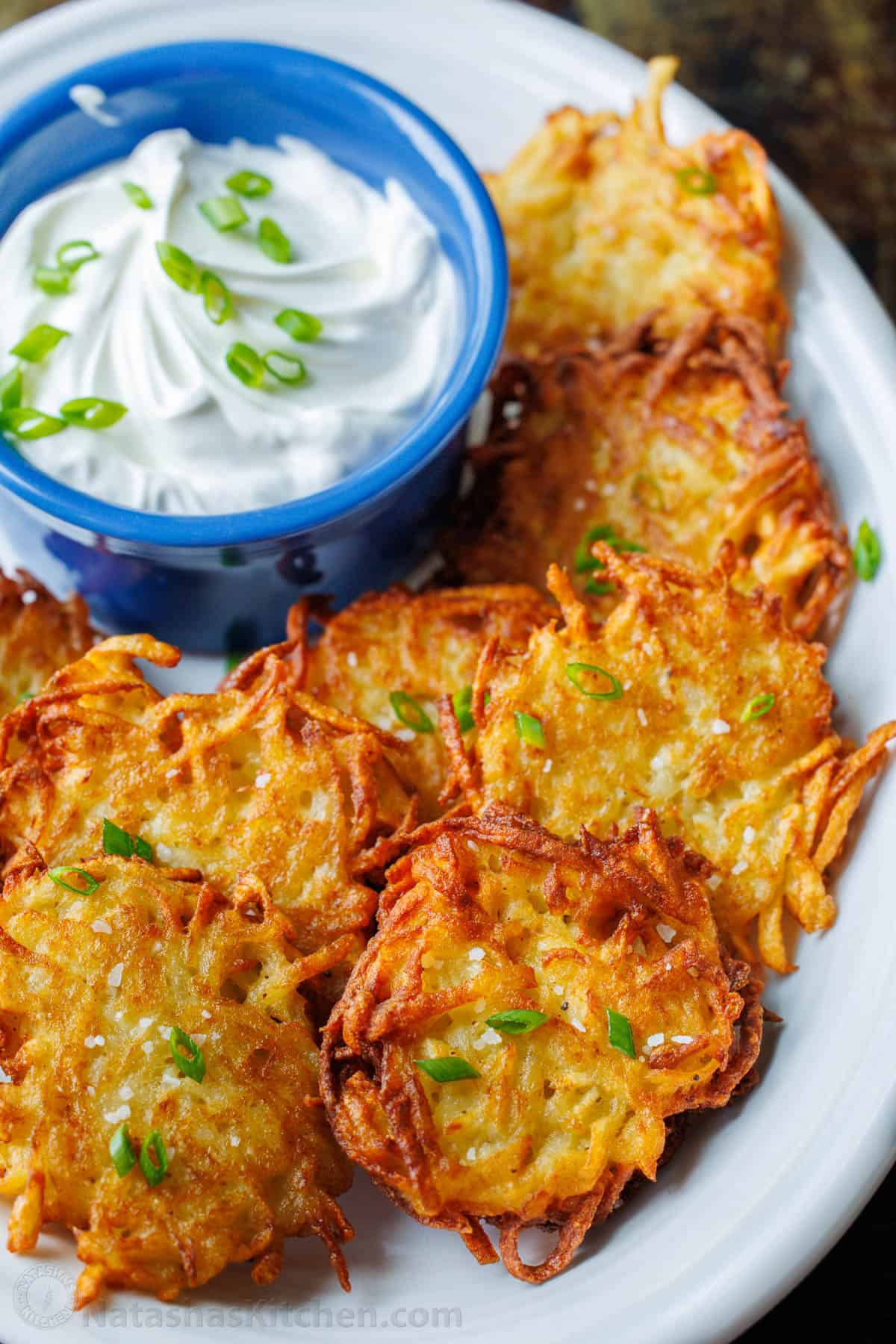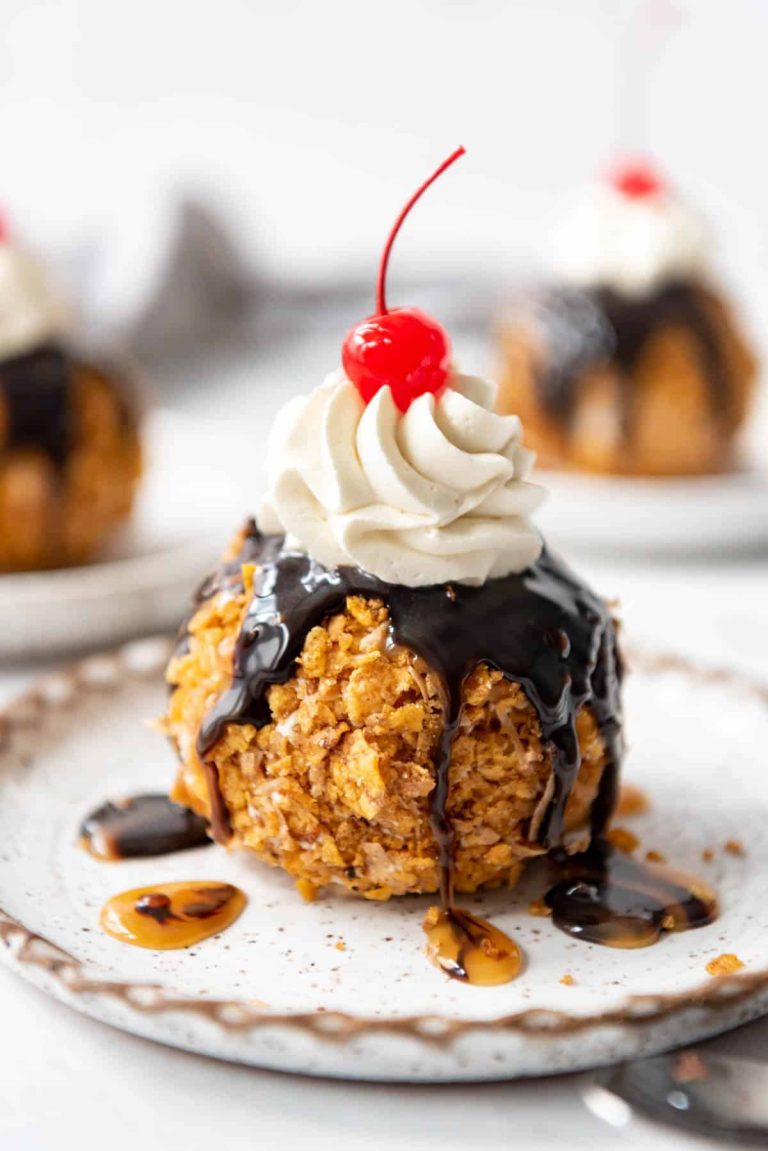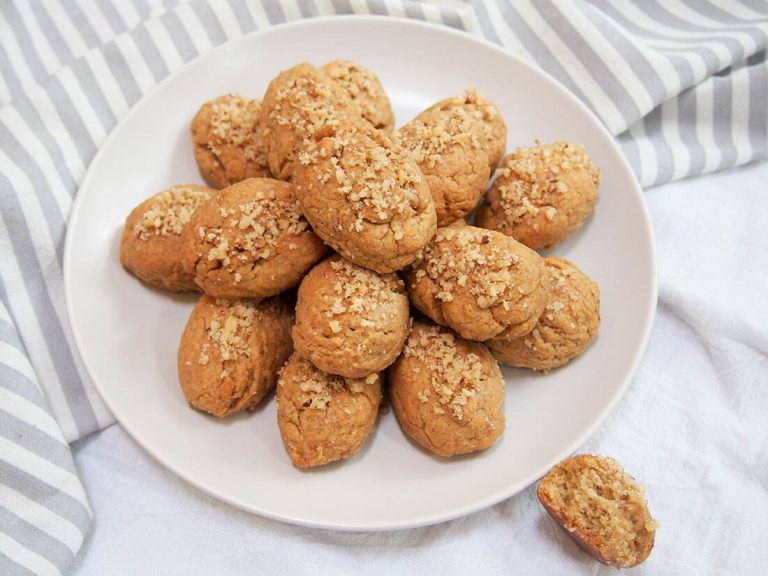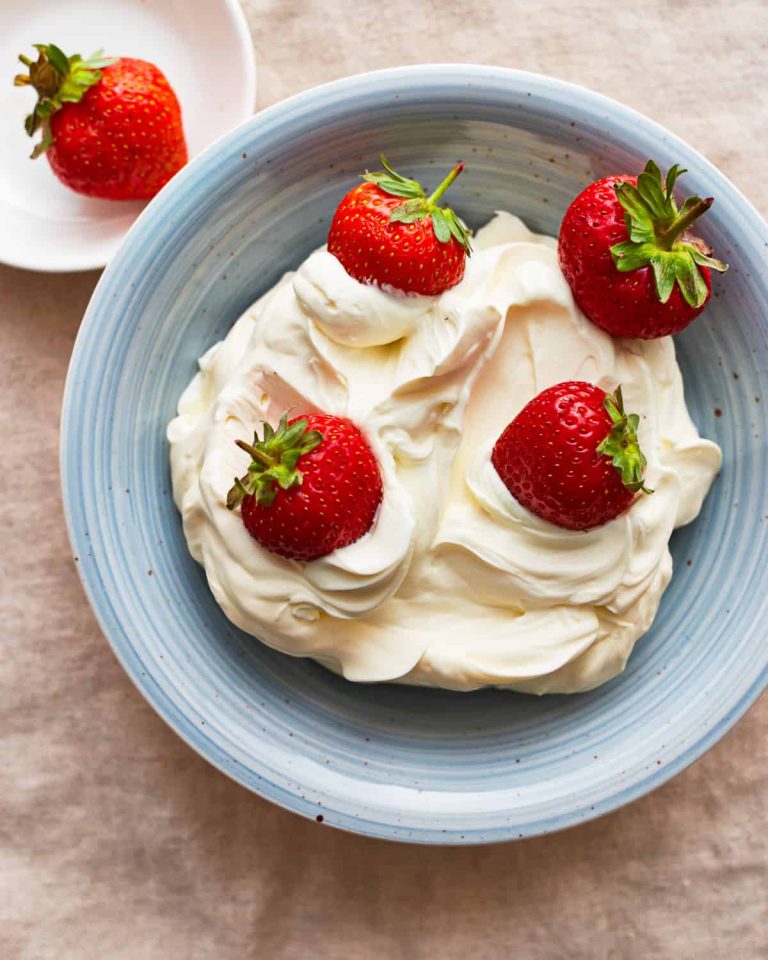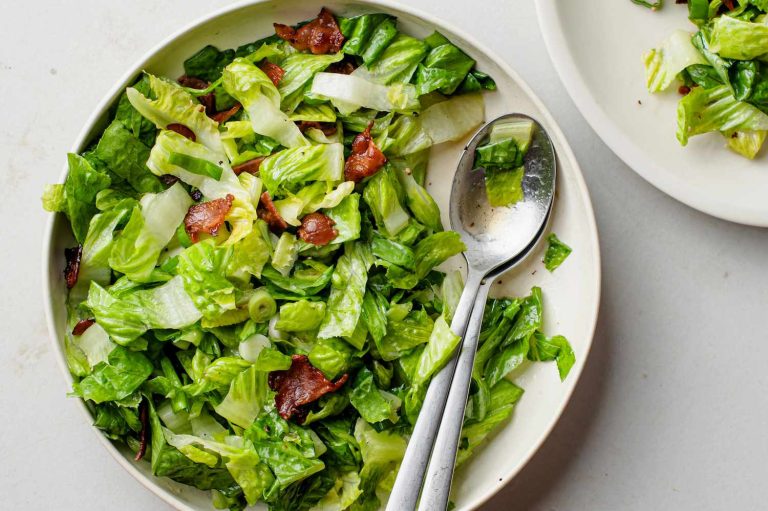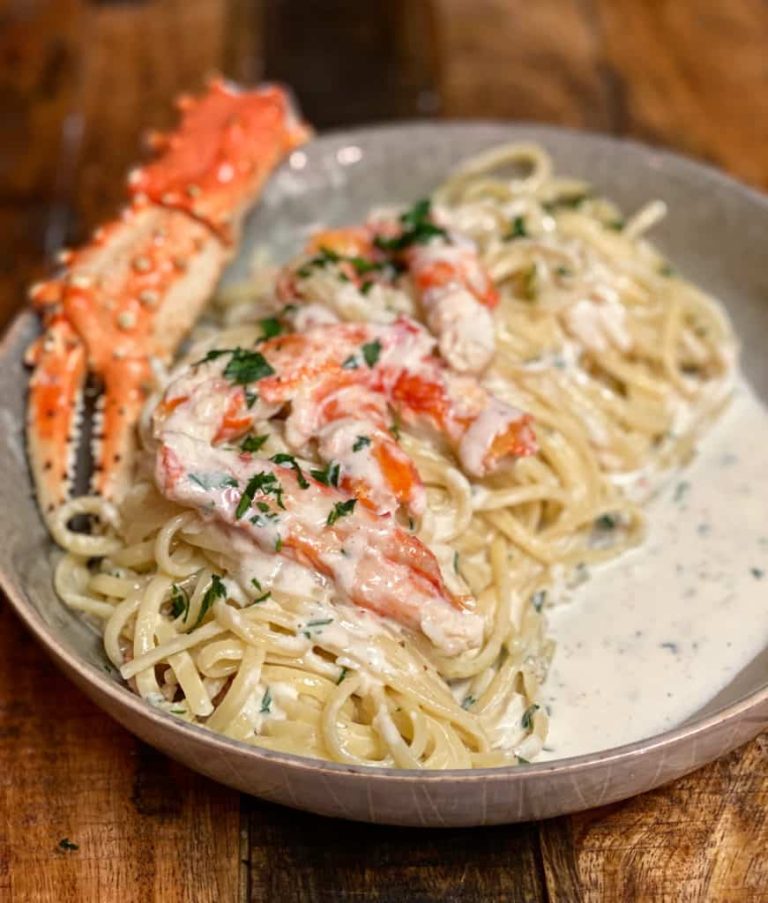Potato Latkes: Traditional Recipe, Cultural Significance, and Creative Serving Ideas
Potato latkes emerged as a staple in Jewish cuisine in Eastern Europe during the 19th century. Initially, they were made with buckwheat or millet, but potatoes became the primary ingredient due to their affordable and abundant nature. The adaptability of the recipe contributed to its rapid spread across Jewish communities. Each region introduced variations based on local ingredients and preferences. By the 20th century, potato latkes had solidified their place in Jewish culinary traditions worldwide, symbolizing resilience and resourcefulness.
Cultural Significance
Potato latkes carry deep cultural significance, particularly during Hanukkah. The oil used for frying latkes commemorates the miracle of the Hanukkah oil, which lasted eight days in the Holy Temple. This connection infuses the dish with spiritual meaning, making it a key element in holiday celebrations. Beyond religious contexts, latkes represent family and community bonding, often made in large batches and shared among loved ones. The dish’s presence at communal gatherings underscores its role in maintaining cultural identity and connecting generations.
Ingredients and Variations
Essential Ingredients for Traditional Latkes
Traditional latkes consist of a few core ingredients to ensure their classic taste. You need:
- Potatoes: Russet potatoes are ideal, as their high starch content helps bind the latkes together.
- Onions: Grated onions add a subtle flavor and enhance moisture.
- Eggs: Eggs act as a binding agent to keep the mixture cohesive.
- Flour or Matzo Meal: These dry agents help absorb excess moisture and provide structure.
- Salt and Pepper: Basic seasoning to bring out the natural flavors.
- Sweet Potato Latkes: In the United States, some people use sweet potatoes for a sweeter flavor.
- Zucchini Latkes: Israelis often mix grated zucchini with potatoes for added texture.
- Cheese Latkes: Italian Jewish communities sometimes incorporate cheese for a richer taste.
- Carrot and Parsnip Latkes: Eastern European variations feature additional root vegetables for complexity.
- Vegan Latkes: Some recipes replace eggs with flaxseed meal or other vegan binders for dietary preferences.
How to Make Potato Latkes
Step-by-Step Recipe
- Ingredients:
- 4 large potatoes, peeled and grated
- 1 large onion, grated
- 2 large eggs, beaten
- 1/4 cup flour
- 1 tsp salt
- 1/2 tsp pepper
- Cooking oil for frying
- Preparation:
- Grate Potatoes and Onion: Use a box grater or food processor. Place grated potatoes in a bowl of cold water to remove excess starch.
- Drain and Dry: Drain grated potatoes and squeeze out as much liquid as possible using a clean kitchen towel.
- Mix Ingredients: In a large bowl, combine potatoes, onion, eggs, flour, salt, and pepper. Mix thoroughly until the batter holds together.
- Frying:
- Heat Oil: In a large skillet, heat 1/4 inch of oil over medium-high heat until shimmering.
- Form Latkes: Drop heaping tablespoons of the mixture into the oil, flattening each spoonful with a spatula.
- Cook and Flip: Fry until golden brown on each side, about 3-4 minutes per side. Adjust heat as necessary to avoid burning.
- Drain and Serve: Transfer latkes to a paper towel-lined plate to drain excess oil. Serve hot with applesauce or sour cream.
- Use Starchy Potatoes: Russet potatoes have a higher starch content, helping latkes hold together and crisp up.
- Remove Excess Moisture: Squeeze grated potatoes thoroughly to remove as much moisture as possible, preventing soggy latkes.
- Avoid Overcrowding the Pan: Fry latkes in batches to maintain oil temperature, ensuring each latke cooks evenly and crisps up.
- Keep Oil at the Right Temperature: Maintain oil at 350°F (175°C). Too cool, and latkes turn greasy; too hot, and they burn outside but stay raw inside.
- Serve Immediately: Latkes taste best right out of the pan. If needed, keep them warm in a 200°F (93°C) oven while frying the next batch.
Serving and Pairing Suggestions
Traditional Condiments and Toppings
Potato latkes often pair well with traditional condiments and toppings that complement their crispy texture. Applesauce, with its sweet and slightly tangy flavor, contrasts beautifully with the savory notes of the latkes. Sour cream, with its creamy and tangy profile, adds richness and balances the dish. Some variations include sprinkling latkes with chives or green onions for a subtle onion flavor.
Creative Serving Ideas
Experiment with creative serving ideas to enjoy potato latkes in diverse ways. Serve latkes with smoked salmon and dill for an elegant twist. Top with avocado and a poached egg for a hearty breakfast option. For a Mediterranean flair, pair them with tzatziki, olives, and feta cheese. You can also create mini latke appetizers topped with crème fraîche and caviar for a sophisticated touch. Explore these combinations to elevate your latke experience.
Conclusion
Potato latkes offer a delicious way to celebrate tradition while allowing room for creativity in your kitchen. Whether you stick to the classic recipe or experiment with variations and unique toppings the versatility of latkes ensures there’s something for everyone. Enjoy them with traditional condiments or elevate your dish with modern twists. Embrace the rich history and flavors of potato latkes and make them a cherished part of your culinary repertoire.
